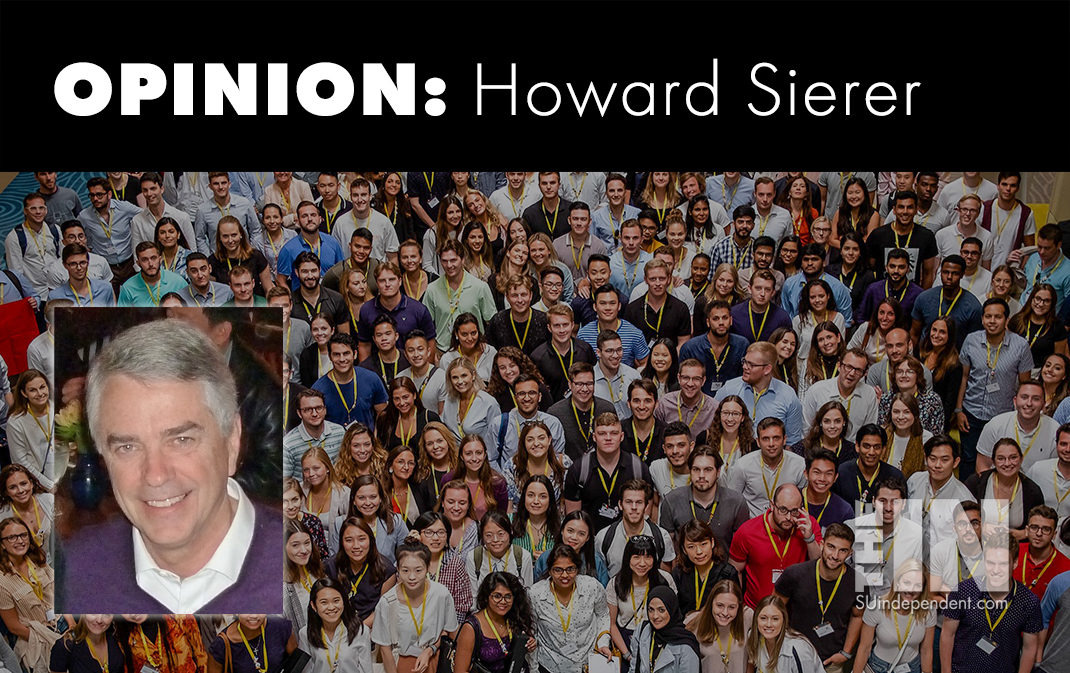
The American Melting Pot is Bubbling
The racial and ethnic minorities that Democrats portray as victims of white oppression are slowly disappearing before their eyes, foreshadowing an eventual end of decades of Democratic reliance on identity politics.
Our traditional melting pot, long focused on assimilating immigrants, took on a new character following World War II. In a country that had identified itself as Protestant, Catholics and Jews began entering the mainstream. As a result, we started referring to the country as “Judeo-Christian” and found that our melting pot was enriched, not spoiled.
Nonetheless, sociologists continued to see racial and ethnic minorities as remaining outside society’s mainstream. “Beyond the Melting Pot,” written in 1963 by Nathan Glazer and future senator and cabinet officer Daniel Patrick Moynihan, argued that you could take Italians out of Italy but you couldn’t take Italy out of Italians. They called Italian-Americans “a new social form” that would endure.
Another well-respected author, Michael Novak, reinforced the prevailing thinking with his 1972 book, “The Rise of the Unmeltable Ethnics.”
What has happened in the last 50 years would surprise Glazer, Moynihan, and Novak.
Sociology Professor Richard Alba, in his recent book “The Great Demographic Illusion,” shows that the unmeltable ethnic narrative is wrong. The self-described liberal Democrat surprised himself after gathering reams of American demographic data.
He found that nonwhites are assimilating into the American mainstream just as white ethnic groups did before them. Americans are marrying each other across ethnic lines, blurring racial and ethnic distinctions.
“We tend to believe that people can have only one ethno-racial background and that this identity is fixed when in fact it can be quite fluid. The surge in mixing across ethno-racial lines is one of the most important and unheralded developments of our time.”
Today, more than 10% of U.S.-born babies have one parent who is nonwhite or Hispanic and one who is white and not Hispanic. That percentage is greater than the percentage of babies born to two Asian parents and not far behind the percentage of babies born to two black parents. The melting pot is bubbling.
Alba says, “The rising numbers of people from mixed ethno-racial backgrounds is a sign of growing integration into the mainstream by members of minority groups, especially those of recent immigrant origins, such as Asians and Hispanics.”
An increasing number of Americans think of themselves as outside traditional Census categories, not as members of discrete racial or ethnic groups but rather as multiracial or multicultural Americans. For example, when they marry, 72% of Asian-white women and 64% of Asian-white men take white spouses and find themselves blending into the larger American societal milieu.
Look no farther than Tiger Woods who once described himself as “Cablanasian,” a combination of Caucasian, black and Asian. Former President Barack Obama is black-white; Vice President Kamala Harris is black-Indian. Former Governor and U.N. Ambassador Nikki Haley is Indian, married a white husband, and has two children.
Faced with the dilemma of mixed ancestry, the Census Bureau decided to let people like Woods check off more than one racial box on their forms. But leaders of liberal civil-rights groups lobbied against the change, fearing that their claims to represent “oppressed” minorities would be steadily diminished.
Responding to the outcry, the federal Office of Management and Budget revived the old Jim Crow era rule that anyone with mixed ancestry would be classified as nonwhite. Applying this rule in 2000, the Census Bureau estimated that by 2059 nonwhites would outnumber whites in the U.S. population. A few years later, it moved the date to 2043.
Using Census Bureau numbers, authors John Judis and Ruy Texeira extolled “The Emerging Democratic Majority.” The National Journal’s Ronald Brownstein attributed Obama’s 2008 win to the “coalition of the ascendant” including “Hispanics and other minorities.”
The Democratic Party bought into the unmeltable, demography-is-destiny theory, the idea that they need only bide their time and minority voters would put them into a position of unassailable political power.
But Democrats have failed to see how many nonwhites are assimilating into mainstream America. Ever-increasing numbers of these multi-ethnic and multi-racial folks don’t see themselves as minorities and as a result, are evolving toward the same mix of social, economic and political views as the country at large.
Despite Trump’s resounding loss, Republican candidates at both the federal and state levels made significant gains among those the Census Bureau calls nonwhites with substantial gains among Hispanics and smaller improvements with Asian-Americans, blacks, and Muslims.
Alba says, “We’re entering a new era of mixed backgrounds.” He expects that by the 2050s, one-third of babies with white ancestry also will have Hispanic or nonwhite ancestry. The idea of who belongs to a racial majority or minority will be completely scrambled.
He sees this prospect as “a new narrative. The current one is all about conflict and collision between groups and has polarizing political consequences.”
Democratic identity politics practitioners beware; Republicans take heart. Our nation’s motto, E Pluribus Unum – out of many, one – is likely unfolding before our eyes.
Viewpoints and perspectives expressed throughout The Independent are those of the individual contributors. They do not necessarily reflect those held by the staff of The Independent or our advertising sponsors. Your comments, rebuttals, and contributions are welcome in accordance with our Terms of Service. Please be respectful and abide by our Community Rules. If you have privacy concerns you can view our Privacy Policy here. Thank you!
Click here to submit an article, guest opinion piece, or a Letter to the Editor




